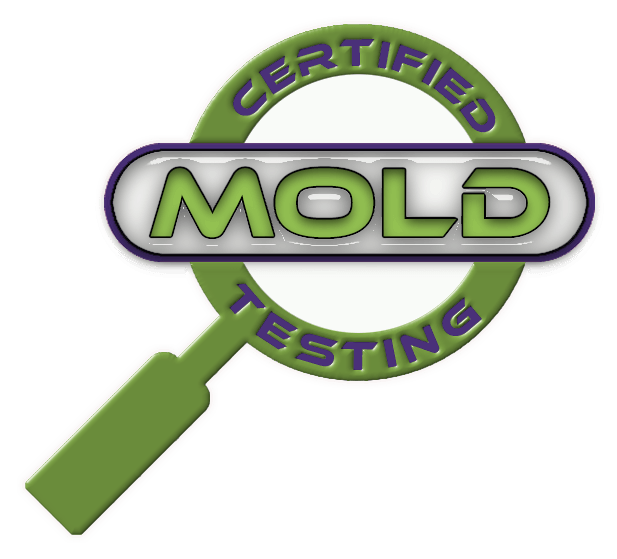Having company on the patio is a joyous
occasion, but emotions can be dampened when the outdoor furniture begins to
show signs of mildew. Mildew on patio furniture is an issue that many
homeowners face at some time. This is how to clean outdoor cushions without
using bleach.
What is mildew?
Mildew, a kind of mold, is a common source of
irritation. Mildew develops quickly under favorable conditions, such as a lot
of darkness, dampness, and warmth. Even high-quality outdoor cushions exposed
to rain or humidity can develop mildew.
Mildew shows as a powdery gray, white, or
black growth on outdoor cushions. Mildew not only discolors patio furniture but
also emits a musty stench. Mildew is inherently unappealing to homeowners and
their visitors; also, long-term mildew exposure is hazardous.
Organic molecules promote both mildew and
mold. Mildew may develop on natural fabrics such as cotton, silk, and wool.
Even though high-quality outdoor cushions are designed to endure the elements,
mildew can form on them.
Here's how to remove
it.
Mildew removal is a straightforward technique,
and homeowners may choose from a variety of cleaning solutions. The outdoor
cushions' materials will determine the optimum strategy. Outdoor cushions
should be cleaned and dried on a regular basis to maintain them clean, fresh,
and welcoming.
When cleaning outdoor cushions, avoid using
bleach because not all outdoor fabrics can withstand it. Bleaching outdoor
cushions may discolor the fabric. Furthermore, bleach fumes may be dangerous to
individuals who use it. The following are mildew removal methods that are safe
for the environment.
Apply Borax – A Natural Cleaner- The natural cleaning product borax is
popular among homeowners. The chemical, sodium borate, is a mineral salt that
assists in the elimination of mildew from outdoor cushions; it also needs less
labor to attain the finest results.
Borax both eliminates and disinfects mildew.
- 1
cup of Borax + a few drops of dish soap
- Dip
a brush with a stiff bristle into the solution.
- Scrub
the mildew stains along with the cushion vigorously with the brush.
- Allow
the solution to remain for five minutes before rinsing thoroughly with a
garden hose.
Use White Vinegar – A Non-Toxic Option-
White vinegar, a common home item, is an environmentally
friendly approach to clean mildewed outdoor cushions. White vinegar is
non-toxic as well. This procedure, however, is only effective on cushions with
minor mildew growth. A power washer is required to remove severe mildew stains.
Outdoor cushion coverings that are removable
can be washed in the washing machine with one cup of distilled white vinegar.
If the cushions aren't detachable, spray them with white vinegar on both sides
and lay them for 10 minutes.
- In
three cups of warm water, dissolve one spoonful of dish soap.
- Using
a sponge immersed in the soapy solution, scrub the mildew away.
- Rinse
the cushions with a clean, wet cloth.
- Allow
the cushions to air dry.
- Spritz
with more white vinegar to help prevent future mildew from growing.
Rent a Pressure Washer – A Powerful
System-
A pressure washer is
an efficient tool for removing stubborn mildew stains. Connect the pressure
washer to a water source from outside. To protect the material, keep the
pressure washer at least two feet away from the cushions and set the PSI to the
lowest level.
- Soak
the outside cushions in water first.
- Upon
putting the cleaner into the pressure washer soap reservoir, employ a
horizontal, sweeping motion to cover the cushions in soap suds.
- Allow
the soap to remain on the fabric for three minutes (do not allow the soap
to dry) (do not allow the soap to dry).
- Scrub
the mildew from the outdoor cushions using a brush.
- Rinse
the cushions well with water to eliminate all soap residue.
- To
remove excess water, wring out the cushions and allow them to fully air
dry in the sun.
What prevents mildew
growth on outdoor cushions?
Mildew may be easily removed from outdoor
cushions. Preventing mildew growth, on the other hand, saves the homeowner the
time and trouble of eradicating the mildew. Waterproof cushion coverings, for
example, help to decrease mildew formation (but do not totally prevent mildew
growth).
What prevents mildew growth on outdoor
cushions?
Because of the forecast high humidity and
rain, homeowners should move their outdoor furniture indoors. Keeping cushions
clean and fresh helps to avoid mildew growth. If the cushions become wet,
absorb the moisture with a towel and allow them to dry naturally.
When storing cushions for the winter, keep
them completely dry to minimize mildew growth. The storage area should be
adequately ventilated as well. Use any of the procedures outlined above to
clean the cushions when you pull them out in the spring.
While spraying white vinegar on outdoor
cushions can help prevent mildew growth, it may not be useful in severe mildew
or mold infestations. Mold remediation professionals can help you
get rid of mold professionally.
Professional mold removal crews will inspect
the damage to your home or workplace as soon as feasible. They develop a mold
treatment strategy after doing an initial evaluation. To prevent
cross-contamination to other parts of the structure, the damaged sections have
been isolated.
Then, trained technicians use powerful
treatments to erase all evidence of mold formation, both hidden and visible.
Mold development may be detected by professionals whether it is located under
wet carpets, in basements, behind walls, around HVAC equipment, or in attics
with poor ventilation. If you detect mold in your home, call RAK Mold Removal
right away.



